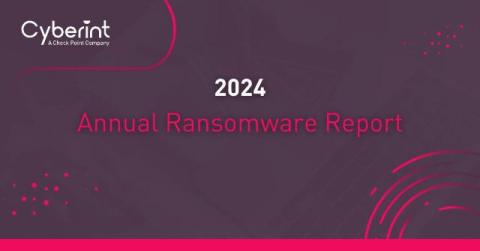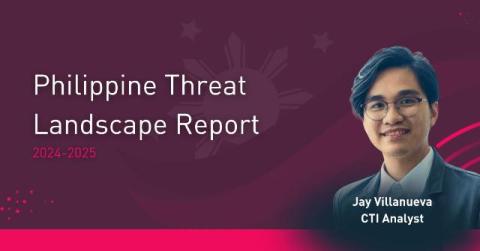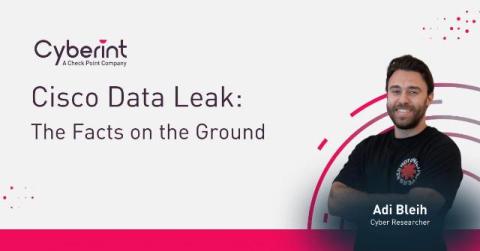FSOCIETY & FUNKSEC Collaborate On Future Attacks
On January 15th, the FSOCIETY ransomware group published on their official DLS (data leak site) that they have begun a partnership with the rising Funksec group. The FunkSec ransomware group first emerged publicly in late 2024 and rapidly gained prominence by publishing over 85 claimed victims—more than any other ransomware group in the month of December.











